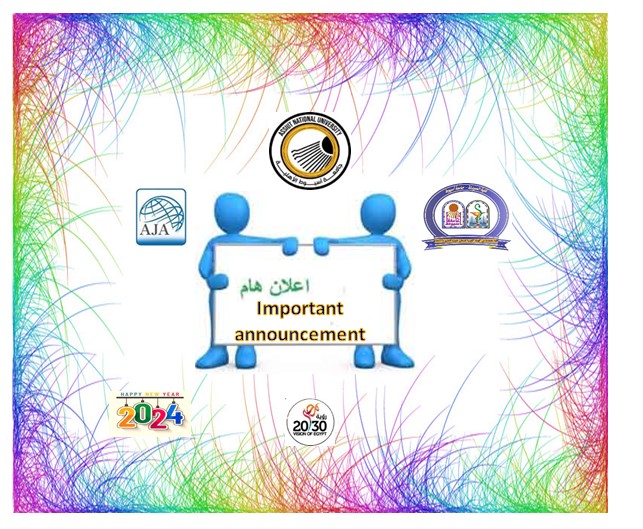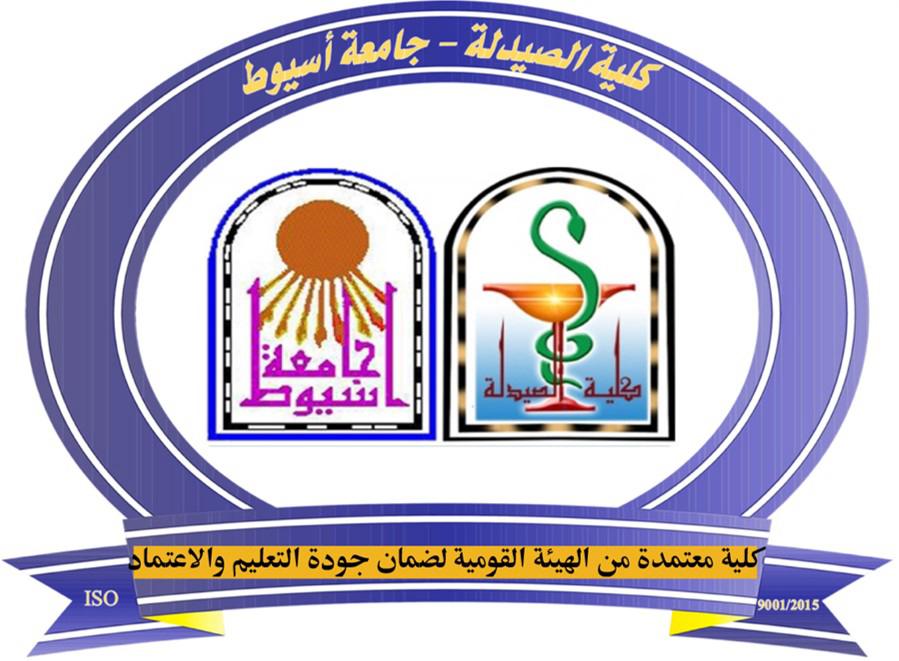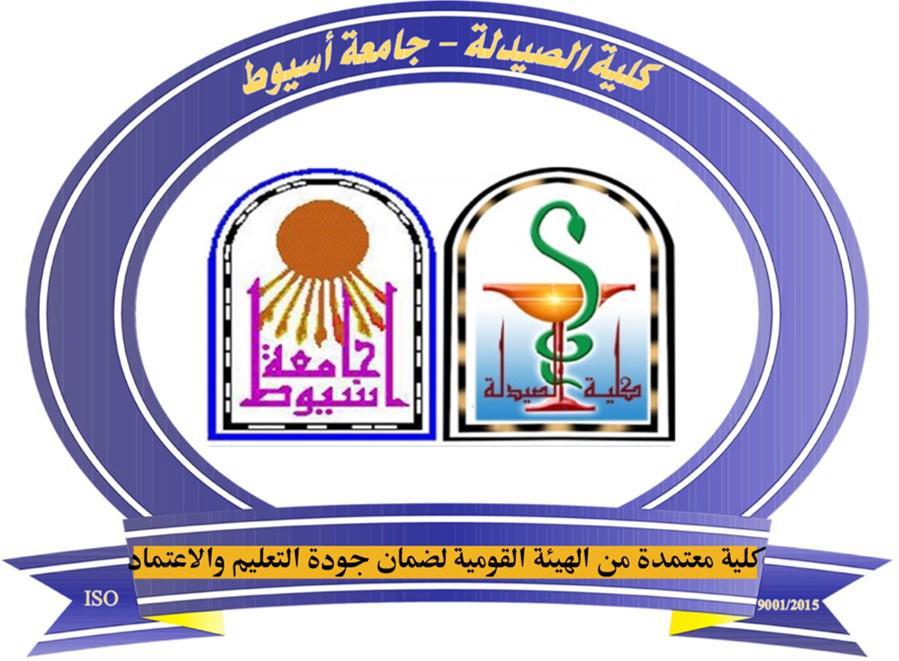Characterization of the Mycoremediation of n-Alkanes and Branched-Chain Alkanes by Filamentous Fungi from Oil-Polluted Soil Samples in Kazakhstan
For decades, researchers have focused on containing terrestrial oil pollution. The heterogeneity of soils, with immense microbial diversity, inspires them to transform pollutants and find cost-effective bioremediation methods. In this study, the mycoremediation potentials of five filamentous fungi isolated from polluted soils in Kazakhstan were investigated for their degradability of n-alkanes and branched-chain alkanes as sole carbon and energy sources. Dry weight estimation and gas chromatography–mass spectrometry (GC-MS) monitored the growth and the changes in the metabolic profile during degradation, respectively. Penicillium javanicum SBUG-M1741 and SBUG-M1742 oxidized medium-chain alkanes almost completely through mono- and di-terminal degradation. Pristane degradation by P. javanicum SBUG-M1741 was >95%, while its degradation with Purpureocillium lilacinum SBUG-M1751 was >90%. P. lilacinum SBUG-M1751 also exhibited the visible degradation potential of tetradecane and phytane, whereby in the transformation of phytane, both the mono- and di-terminal degradation pathways as well as α- and ß-oxidation steps could be described. Scedosporium boydii SBUG-M1749 used both mono- and di-terminal degradation pathways for n-alkanes, but with poor growth. Degradation of pristane by Fusarium oxysporum SBUG-M1747 followed the di-terminal oxidation mechanism, resulting in one dicarboxylic acid. These findings highlight the role of filamentous fungi in containing oil pollution and suggest possible degradation pathways.










